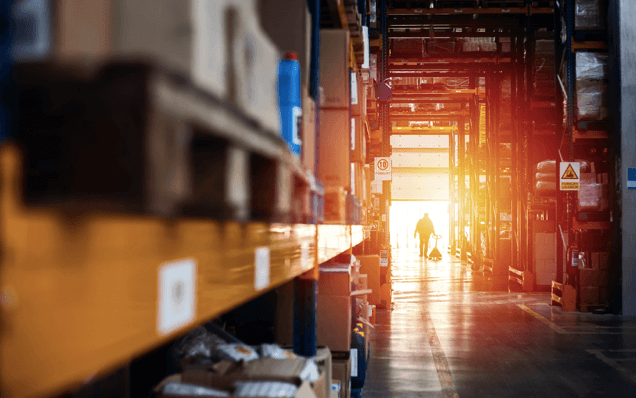The holiday season is approaching and shippers must start preparing for the surge in product returns now. Online sales are projected to reach a record $207 billion in the U.S. between November and December, a 10 percent increase over 2020 sales, according to data from Adobe Analytics.
Anticipate Reverse Logistics Challenges
The cost of product returns has been growing steadily, creating ongoing challenges for distributors. According to Statistica’s market research, return delivery costs in the U.S. reached $350 billion in 2017 and may approach $550 billion this year. The Amazon effect is largely to blame. Customers expect fast and often free delivery, free return shipping, a hassle-free return process, and fast return processing. In fact, research shows that 70 percent of buyers base purchasing decisions on the seller’s return policy and 60 percent expect returns to be managed inside one week.
Start Preparing Now
The post-holiday return season usually starts shortly after Black Friday or Cyber Monday. To manage returns effectively, shippers need to ensure a strong returns management plan. Here are six steps to take to strengthen yours before the surge begins:
1. Assess your processes
Evaluating and improving your receiving practices can help you achieve productivity gains and avoid costly mistakes. Without an effective receiving process in place, returns can get mixed up with inbound products, processed improperly, and create hours of rework for employees. Improving visibility in your process makes it easier to track the product’s location and condition, and saves time and energy.
2. Collect key data
Collecting data throughout the return process can ensure greater visibility and control. Start by gathering return information from the consumer about the item condition, reason for return, and other data to help you determine whether the item coming back can be resold as is, needs repairs, or must be written off. An automated system can handle all this quickly, verify the product, expedite returns, and limit human error.
Capturing data also enables you to identify defective products and trends, such as frequently returned items, and to benchmark performance over time. Shippers typically measure the cost, service and supplier order fulfilment characteristics using several metrics, including:
-
- Financial key performance indicators (KPIs) – returns as a percentage of sales, returns processing costs, shipping costs, inventory levels and carrying costs, and write-offs
- Responsiveness – including return process cycle time in days
- Customer feedback and experience
- Returns rationale – including percentage of returns due to damage, faults, preference changes, and accuracy of delivery
3. Leverage technology
Warehouse management systems (WMS) automate order fulfillment and yield fewer errors, which translates to fewer returns. These systems also make it easier to identify and track returns, prevent inventory from getting lost in the first place, and speed up the process overall. WMS can also help you pinpoint issues that cause returns by analyzing return codes. Using handheld technology takes data capture a step further, enabling you to accurately capture multiple data points for every activity in your return process.
4. Ready your personnel
To prepare for the unusual return volume this season, employees will need training on new processes, tools, and technologies. New or temporary employees may need to be hired to fill gaps in warehousing and fulfillment capabilities. Partnering with a third-party provider can offer additional staffing support both cost-effectively and efficiently.
5. Prepare your facilities
The first order of business is to make sure you have adequate warehouse space to accommodate spikes in return volume. According to real estate firm CBRE, companies with reverse logistics require 15%-20% more warehouse space than shippers with outbound distribution only. A warehouse also needs to be well equipped to move inventory with pallets, containers, and totes. And be sure you understand and address potential truck delivery issues like yard bottlenecks before they start.
6. Consider outsourcing
To reduce costs and maximize efficiency, many or all of the above can be outsourced. According to DC Velocity, 40 percent of retailers rely on a 3PL to handle returns. They help streamline the process by offering expertise and staff to manage volume fluctuations, and leverage preferred rates with carriers and delivery providers.
When investigating 3PL services for reverse logistics, factors to consider include:
-
- Experience handling and processing your product types
- Industry, channel, and regional experience
- Capabilities of employees and specialists
- Repairs and repackaging, product restocking and disposal, and other ancillary services
- Technologies deployed to enhance outbound and inbound planning and execution
- Geographic coverage and extended carrier network
Prevention is the key
Preparing for the coming surge in returns will take diligence. The best way to prepare is to prevent product returns in the first place. In addition to the actions above, reworking lax return policies, ensuring clear online product descriptions, evaluating packaging for durability during transit, and automating exception management can all help you head off issues. And offering customer incentives for in-store returns can help you to stretch reverse logistics capacity a bit further during when you need it most.
Want to learn more? Subscribe to the Capstone blog for the latest industry insights.

